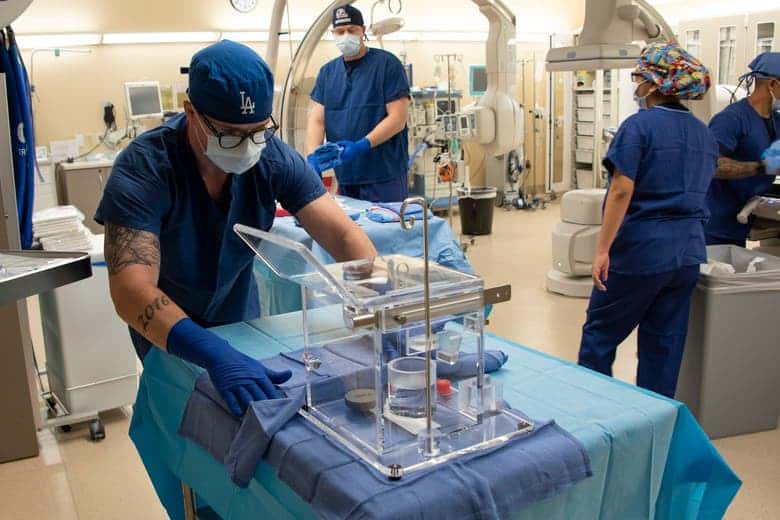The cancer death rate in the US fell by the greatest percentage on record, thanks to advances in treatments and prevention approaches.

Slowly winning the battle with cancer
U.S. Cancer Death Rate Lowest In Recorded History! A lot of good news coming out of this Administration — Trump tweeted on January 9.
But, while the first part of his statement is true, the implication of the second part (that the current administration had anything to do with it) is baseless.
Cancer rates have been on the decline for 26 years, with the overall death rates from cancer in the U.S. declining by 29% from 1991 to 2017. That translates to about 3 million fewer cancer deaths in the past three decades — and that’s not all the good news.
The most recent analyzed year (2017) also marked the sharpest decline: 2.2%, the most that death rates from cancer have decreased in any year.
However, results aren’t uniform across all types of cancer, and at a closer look, it becomes clear that much of this decrease is owed to one particular type.
“It is really lung cancer that is driving this,” Rebecca Siegel, scientific director of surveillance research at the American Cancer Society, and lead author on the new study, told Bloomberg. “We found increases in survival for lung cancer at every stage in diagnosis.”
The causes
Lung cancer, one of the most aggressive types of cancer, has decreased spectacularly — by 51% for men since their peak rate in 1990, and by 26% for women since their peak rate in 2002 (and the figure for women is expected to catch up to that of men).
There are multiple reasons for this, including improvements in treatments, video-assisted surgery, better radiation treatment, and better diagnosis. However, when it comes to 2017 in particular, the cause was something much simpler: people smoked less.
This is an important reminder that although different types of cancer can vary dramatically, when it comes to reducing cancer deaths, having a healthy lifestyle can make a major difference. Often times, this simply means avoiding things like cigarettes or alcohol. The fact that new cancer drugs are being developed also helps — notably, two important such drugs were approved by the Food and Drug Administration in 2014 and 2015.
The decrease is, therefore, part of a longer-term scientific and societal change, rather than the merit of any administration. President Trump’s statement rings particularly hollow as last year, he advocated cutting $4.5 billion from the National Institutes of Health (NIH) — including a $1 billion cut for the National Cancer Institute — only to be overruled by Congress, who decided on an increase in the (NIH) budget.
Nevertheless, despite these encouraging trends, 1.8 million new cancer cases are expected to be diagnosed in 2020. Society is winning important battles, but the war with cancer is far from over.
In addition, some types of cancer (such as cervical cancer) are actually becoming more prevalent, largely due to socioeconomic factors.


